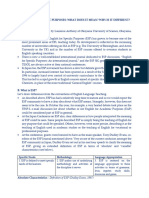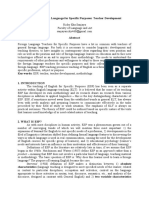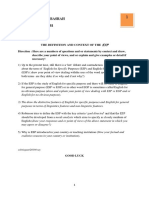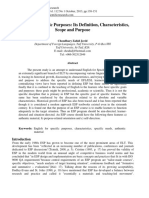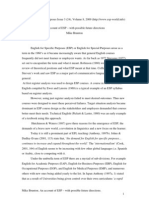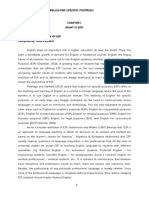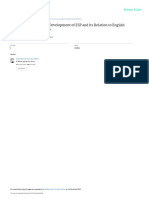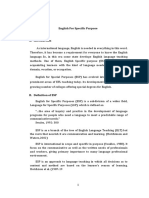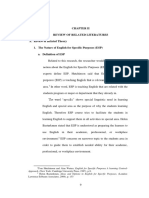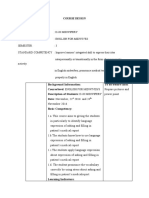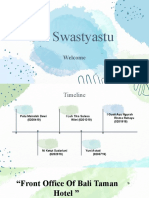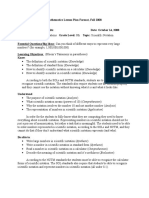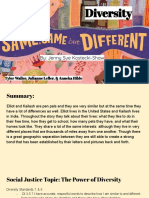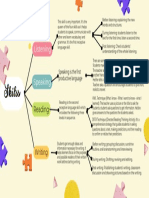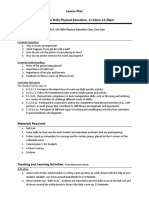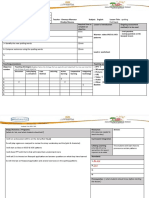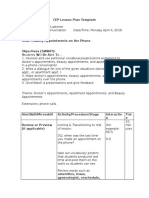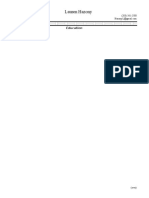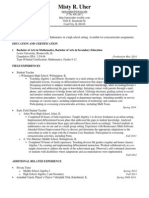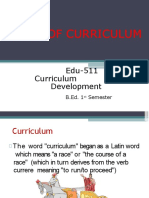0% found this document useful (0 votes)
109 views18 pagesRevise !!!!! Types of Esp Grup 1
The document discusses types of English for Specific Purposes (ESP). It begins by defining ESP as an approach to language teaching based on the learner's needs and reasons for learning. It then discusses some key definitions of ESP from various scholars, noting it should be linked to a specific discipline and use methodology different from general English teaching. The document outlines two absolute characteristics of ESP - it is designed to meet learners' specific needs and is related to content in particular disciplines or activities. ESP is also centered on language appropriate to those activities and differentiated from general English.
Uploaded by
I Luh Tika Sulesa WitriCopyright
© © All Rights Reserved
We take content rights seriously. If you suspect this is your content, claim it here.
Available Formats
Download as DOCX, PDF, TXT or read online on Scribd
0% found this document useful (0 votes)
109 views18 pagesRevise !!!!! Types of Esp Grup 1
The document discusses types of English for Specific Purposes (ESP). It begins by defining ESP as an approach to language teaching based on the learner's needs and reasons for learning. It then discusses some key definitions of ESP from various scholars, noting it should be linked to a specific discipline and use methodology different from general English teaching. The document outlines two absolute characteristics of ESP - it is designed to meet learners' specific needs and is related to content in particular disciplines or activities. ESP is also centered on language appropriate to those activities and differentiated from general English.
Uploaded by
I Luh Tika Sulesa WitriCopyright
© © All Rights Reserved
We take content rights seriously. If you suspect this is your content, claim it here.
Available Formats
Download as DOCX, PDF, TXT or read online on Scribd
/ 18









